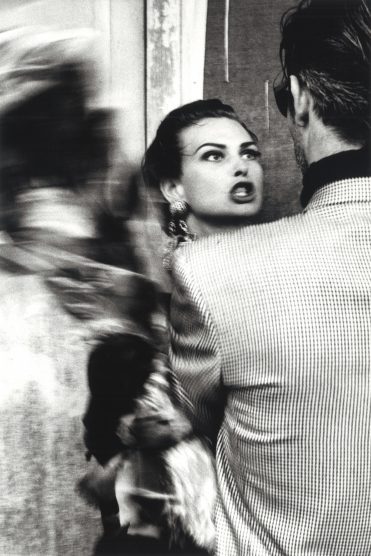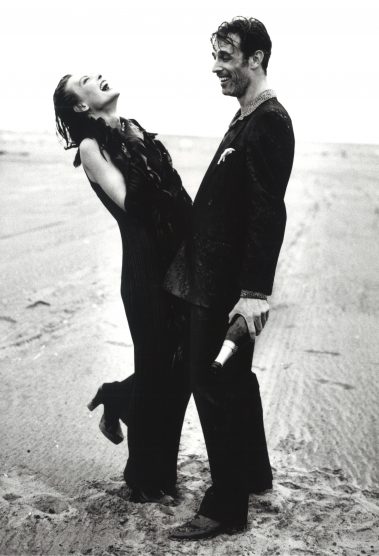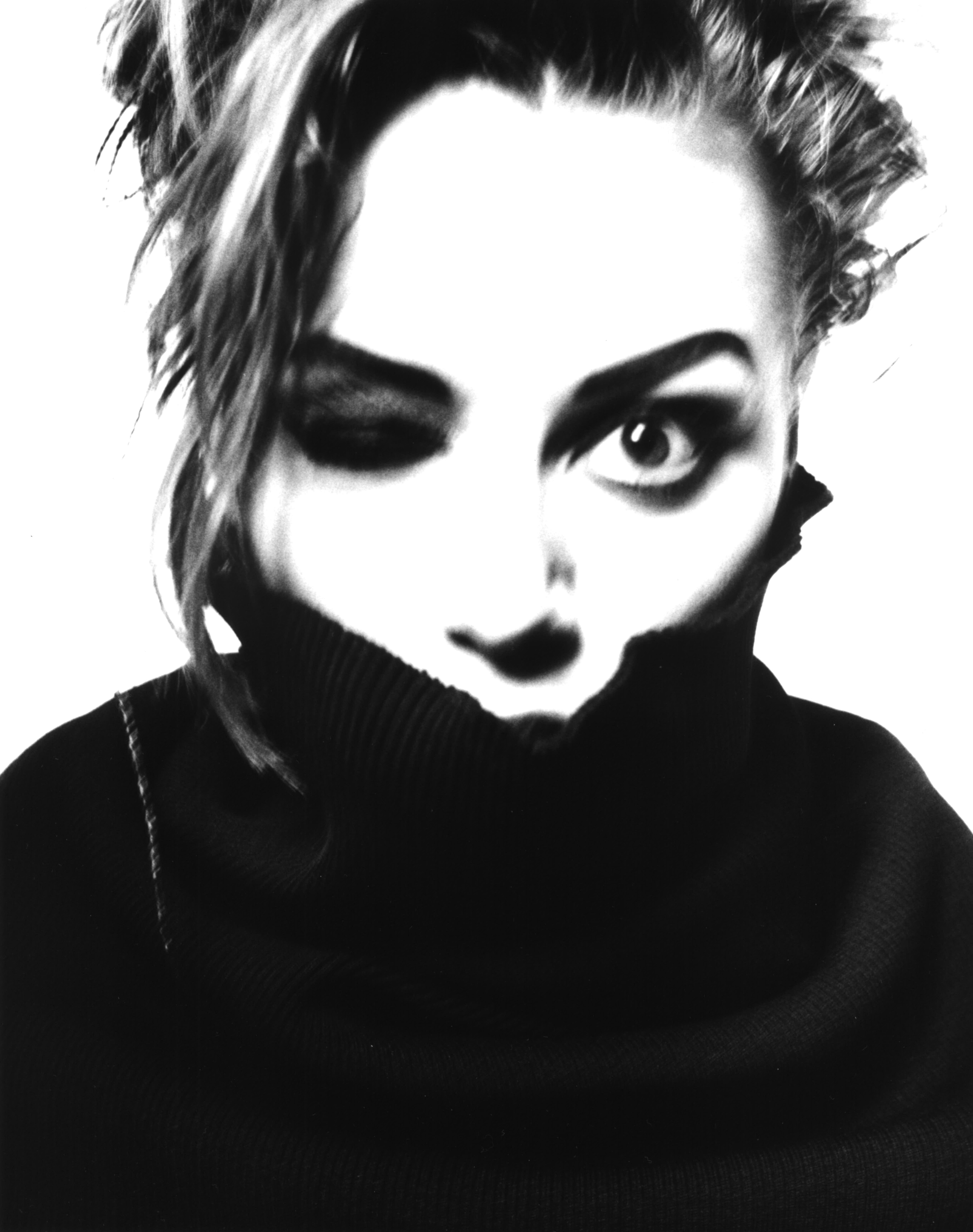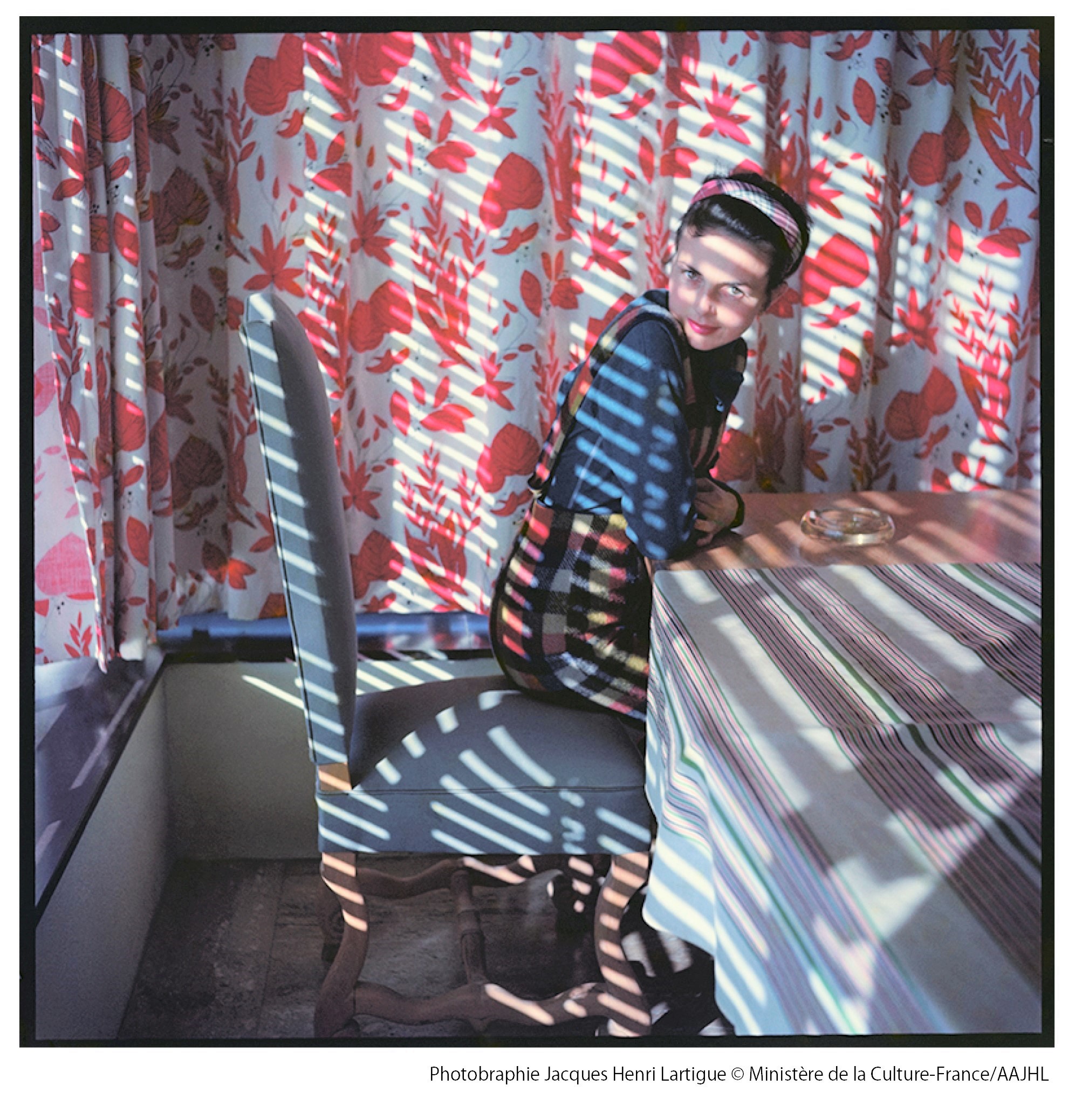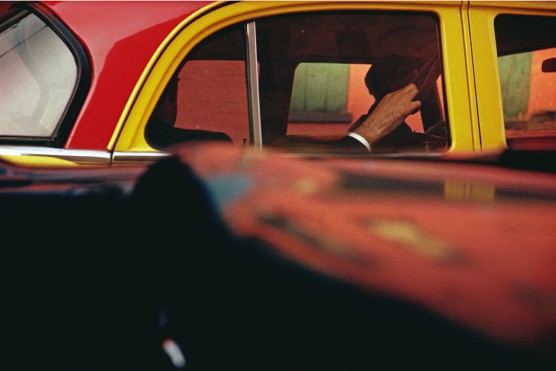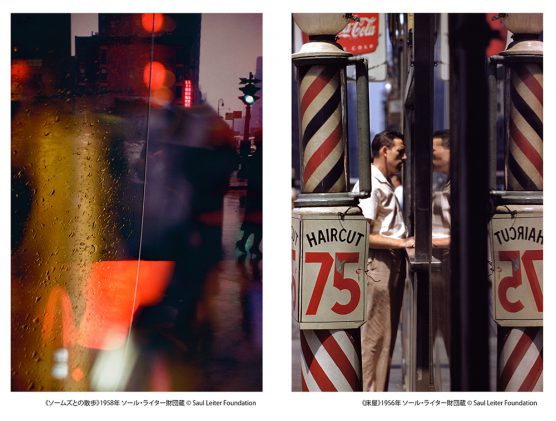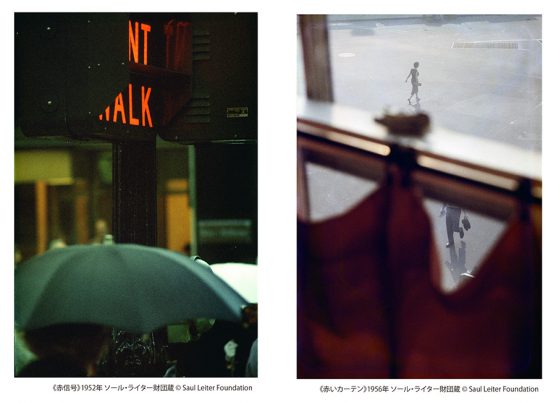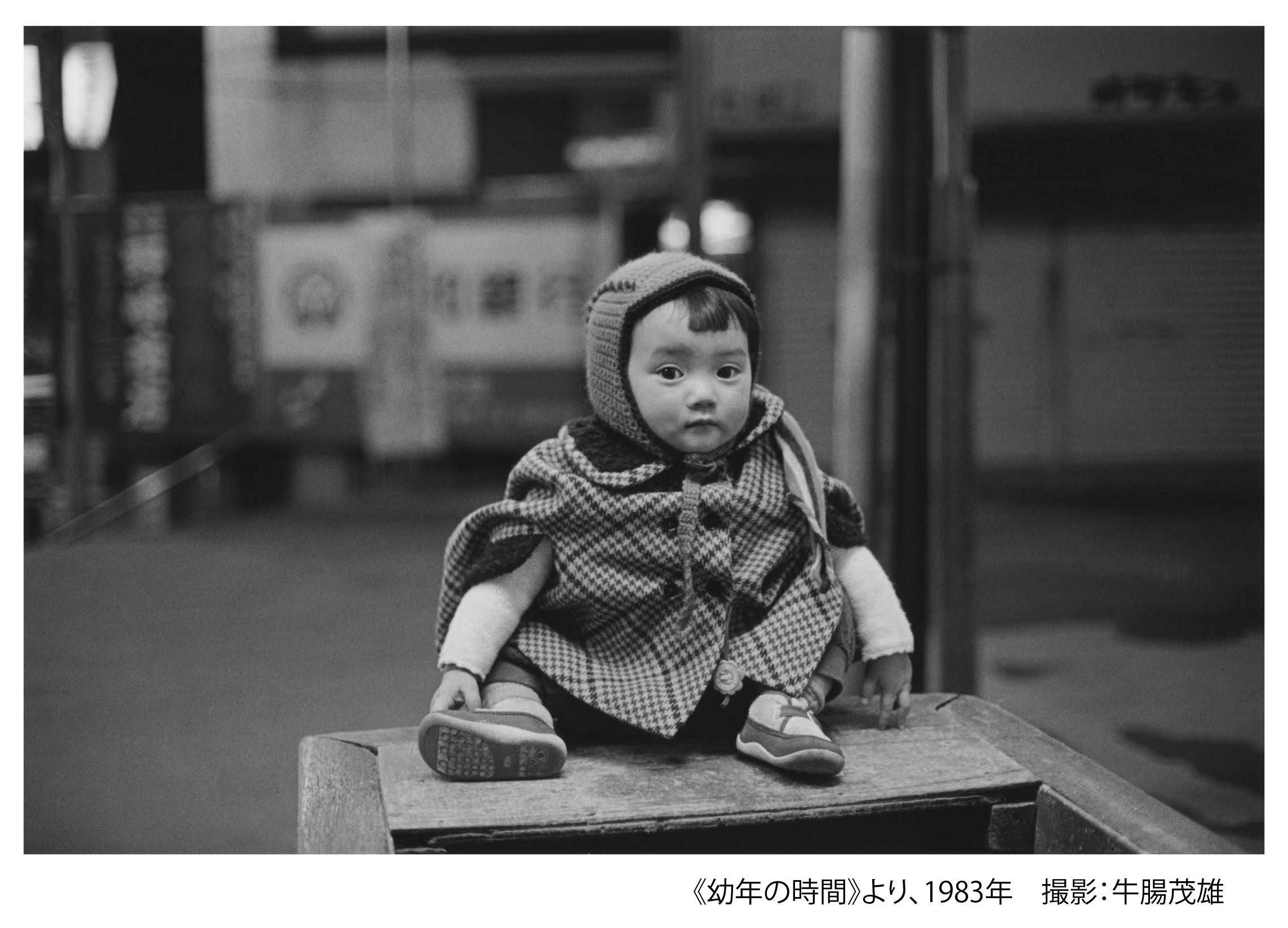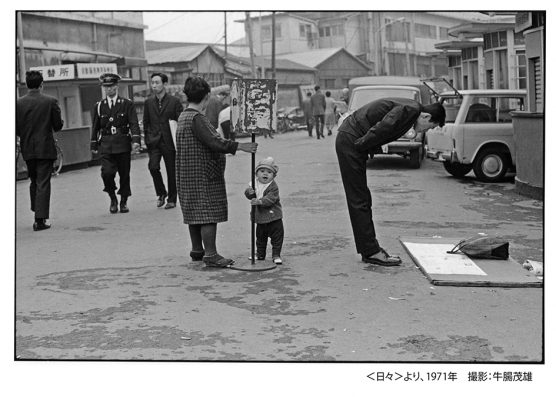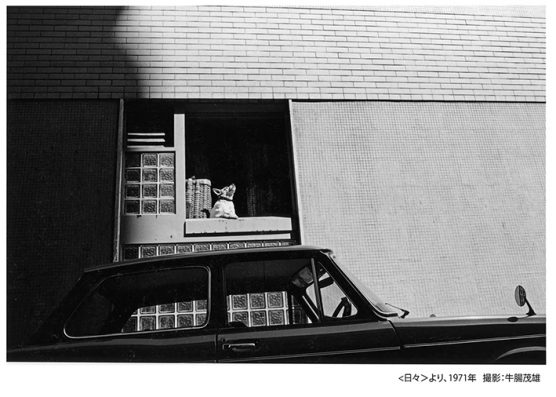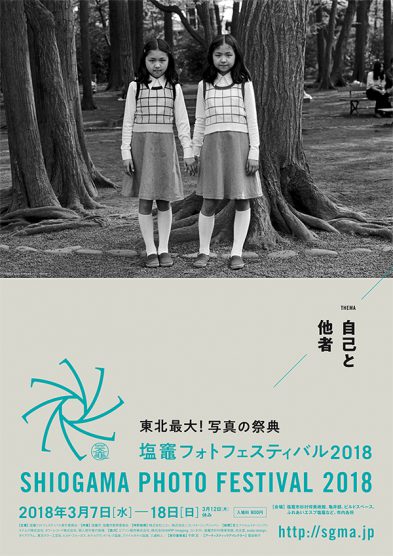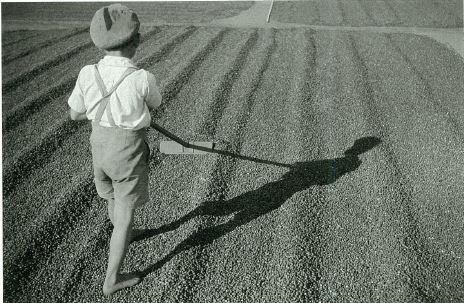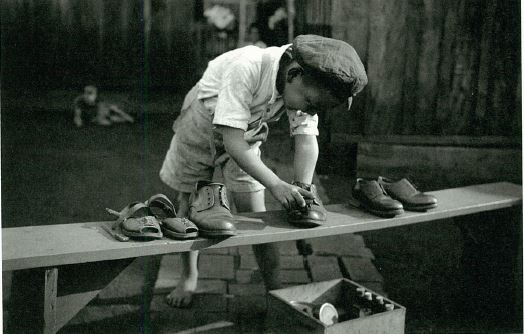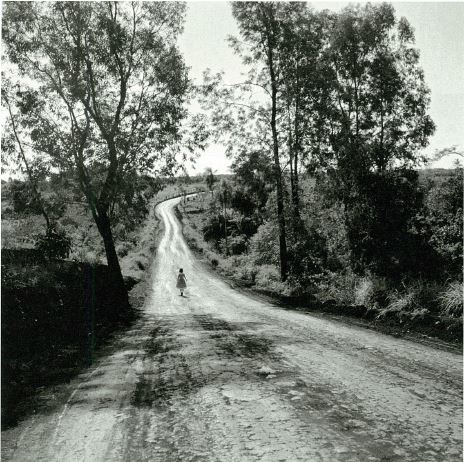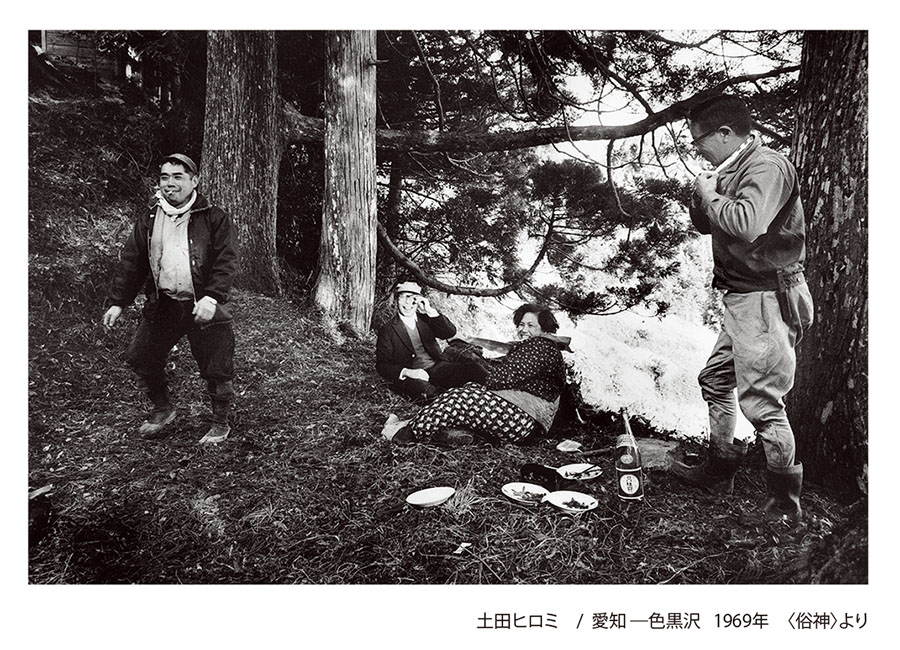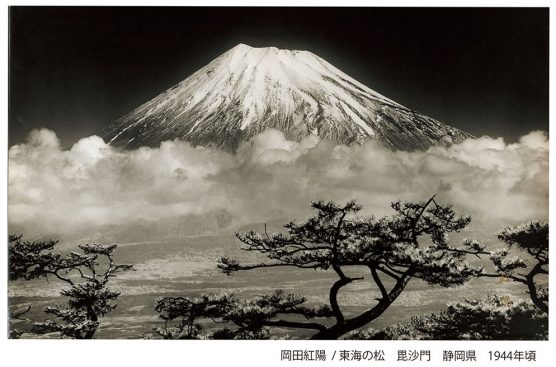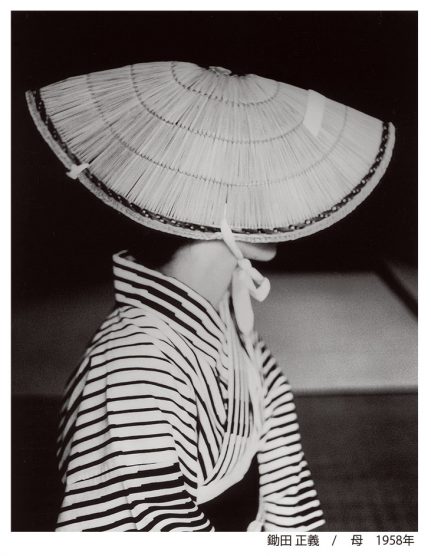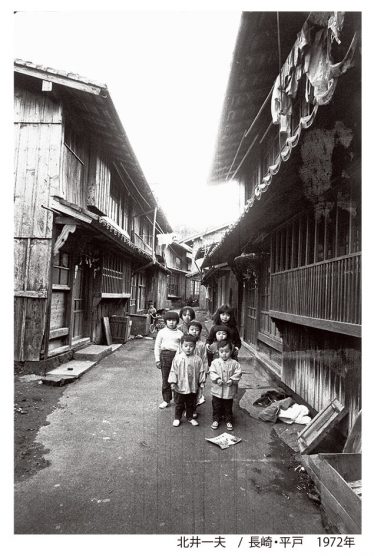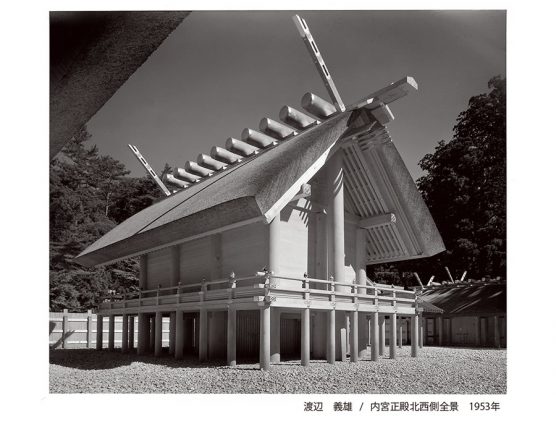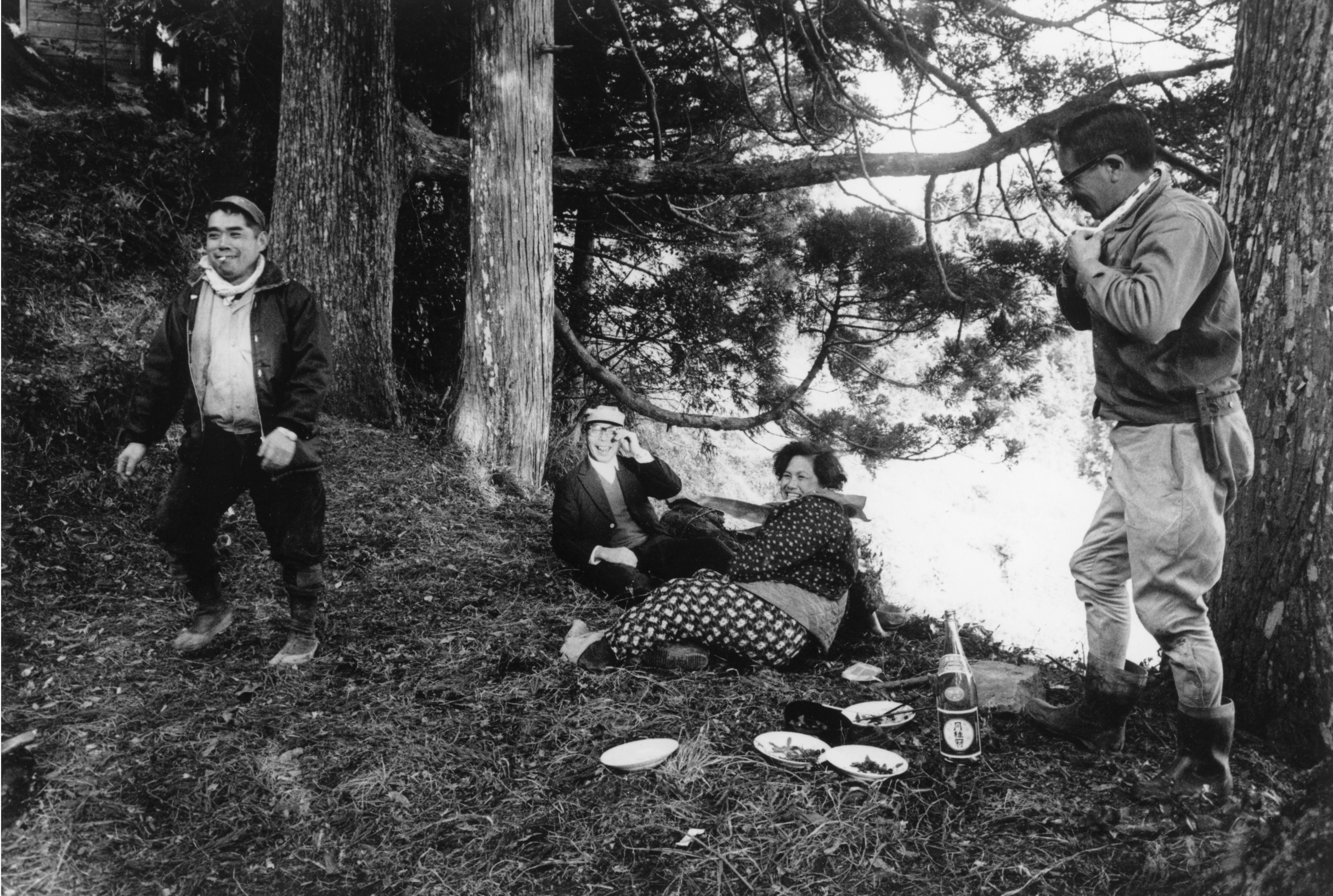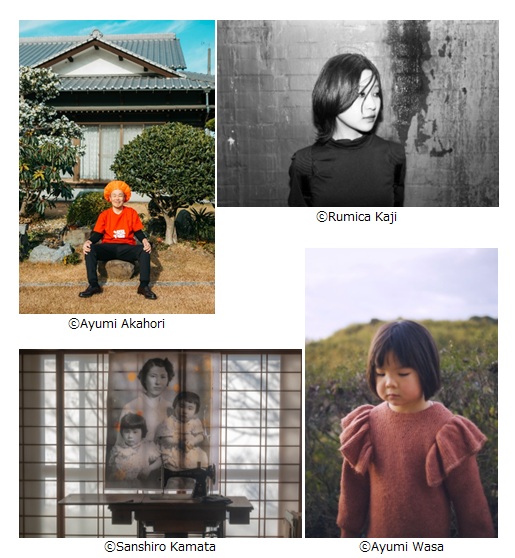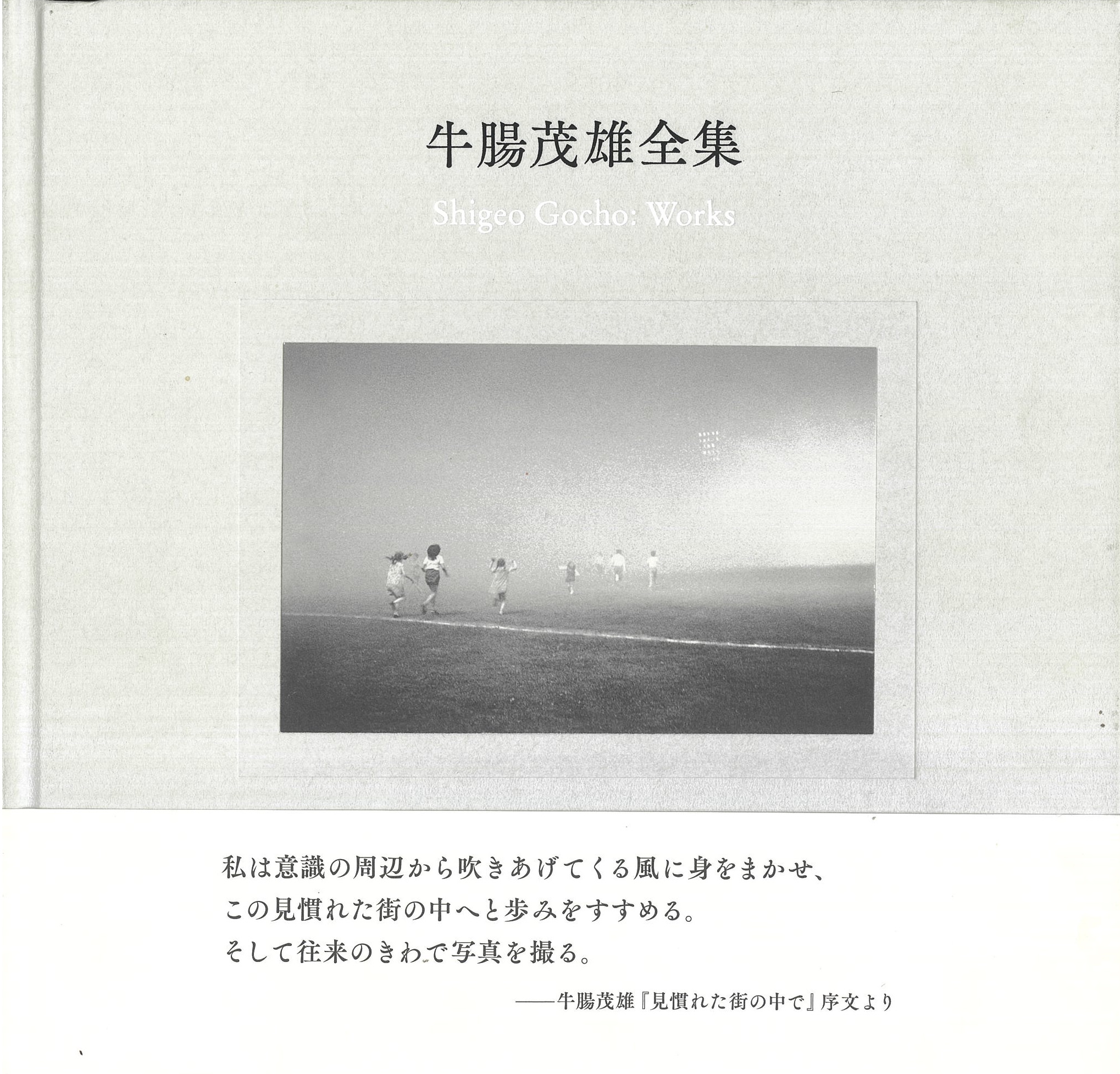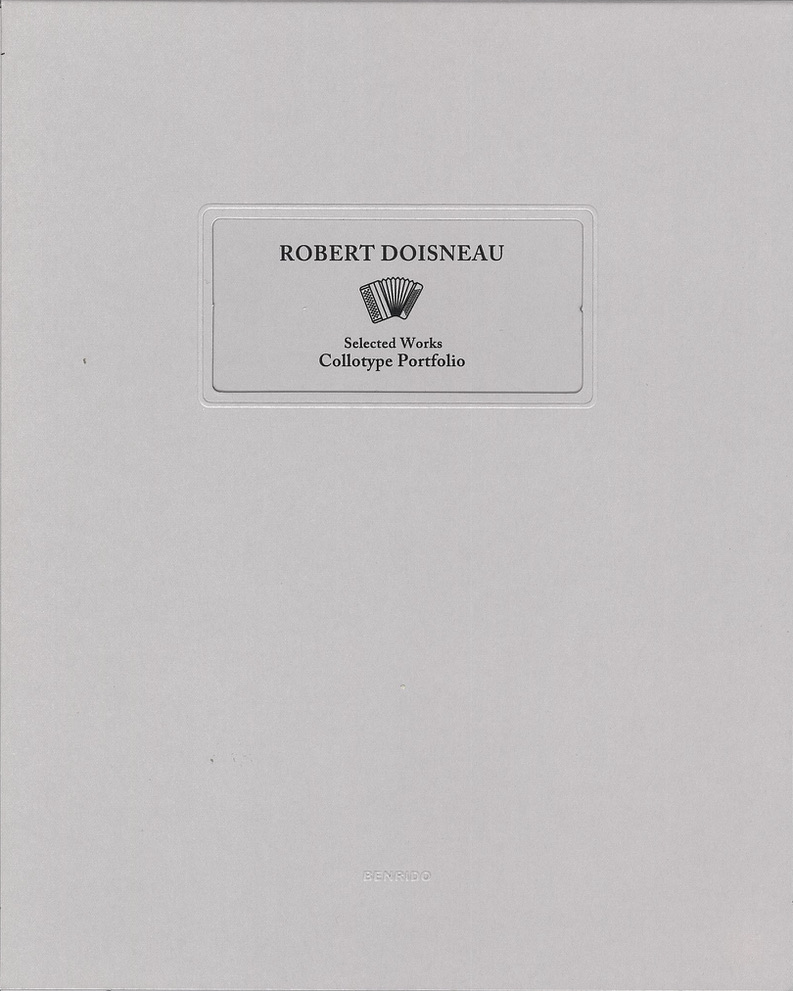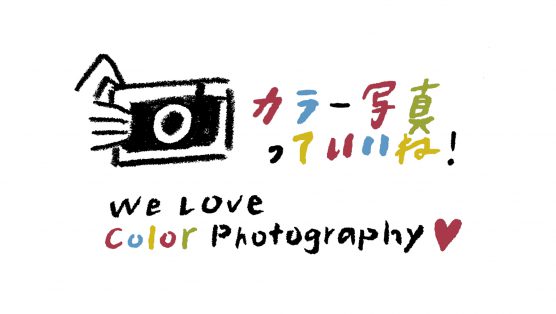 カラー写真っていいね!企画展③
カラー写真っていいね!企画展③
企画特設ページはボタンをクリック!
2018年は日仏友好160周年、さらには、京都市とパリ市が友情盟約締結60周年を迎えます。この記念すべき年に、当館はフランスの偉大なアマチュア写真家 ジャック=アンリ・ラルティーグの写真展を開催する運びとなりました。
フランスの裕福な家庭に生まれ育ったジャック=アンリ・ラルティーグ(1894-1986)が、写真好きの父親から三脚付きの暗箱カメラを与えられたのは7歳のときでした。身の回りのさまざまな瞬間を残せる「カメラ」は、ラルティーグ少年にとってまさに“魔法の機械”だったのです。大好きな猫、自動車、飛行機といった動きのあるもの、時には心霊写真に挑戦するなど、彼のあくなき探究心はこの魔法の機械で、様々な作品を生み出してきました。ラルティーグはこの他にも、家族や友人、恋人とのひと時をとらえた作品や最新モードに身を包む女性たちやその社交場など、様々な輝かしい瞬間をとらえています。
本展では、彼の幼年時代から晩年までの代表的な作品に、日本初公開となるカラー作品を含む約160点を通して、写真をたのしみ、過ぎゆく時間や人生の歓びを捕えようとしたラルティーグの世界を紹介していきます。
*細見美術館・プレスリリースより転載させていただきました
ジャック=アンリ・ラルティーグ(1894-1986)
20世紀初頭のフランスのアマチュア写真家。1894年、フランスのパリ郊外クルブヴォワの裕福な家庭に生まれる。幼年時代に父親に買い与えられた木製ビューカメラに夢中になり、生涯にわたって日常の幸せな瞬間を記録し続けた。1963年、ラルティーグ68歳の年に、ニューヨーク近代美術館で開催された大規模な回顧展で一躍脚光を浴びる。70歳を目前にしたあまりにも遅咲きのデビューは、世界中に大きな衝撃を与えた。以来、この偉大なるアマチュア写真家の展覧会、出版が世界各地で相次ぎ、現在では写真の巨匠としてその名前は、写真史に大きく刻まれている。
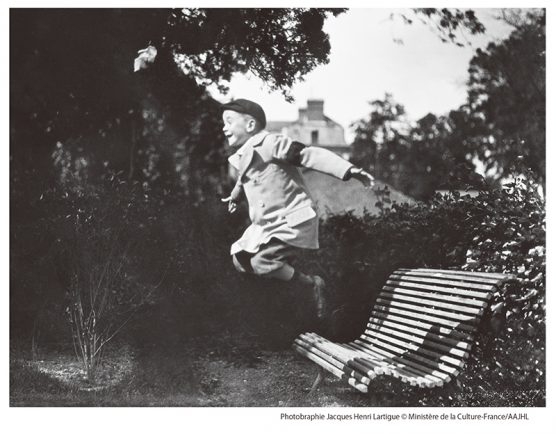
ジャック=アンリ・ラルティーグ写真展
永遠の少年、ラルティーグ ―写真は魔法だ!―
会 場 :細見美術館
〒606-8342京都市左京区岡崎最勝寺町6-3
TEL: 075-752-5555
URL: www.emuseum.or.jp
会 期 :2018年4月21日(土)~6月3日(日)
開館時間:10:00~18:00(展示室への入場は17:30まで)
休館日 :毎週月曜日(祝日の場合、翌火曜日)
観覧料 :一般 1,300円(1,200円) 学生 1,000円(900円)
*( )内は20名以上の団体料金
主 催 : 細見美術館、京都新聞
後 援 :在日フランス大使館/アンスティチュ・フランセ
特別協力:ジャック=アンリ・ラルティーグ財団
協 力 :株式会社便利堂、KYOTOGRAPHIE 京都国際写真祭、日本カメラ博物館
企画協力:コンタクト
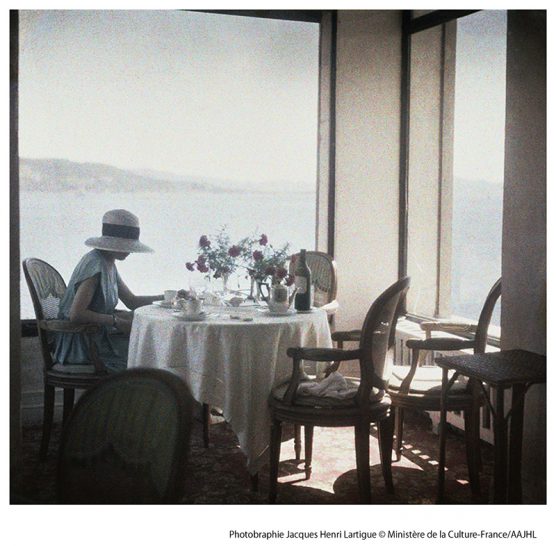
関連イベント
第43回アートキューブレクチャー
講 師 : 井口芳夫(日本カメラ博物館 学芸員)
日 時 : 5月12日(土)14:00~
会 場 : 京都市勧業館 みやこめっせ
*イベント詳細は細見美術館HPをご確認ください
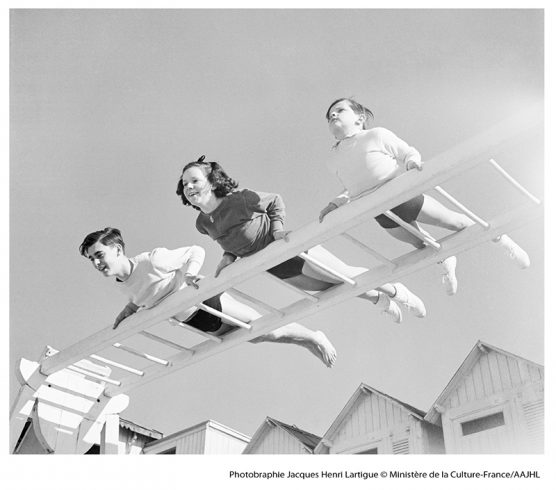
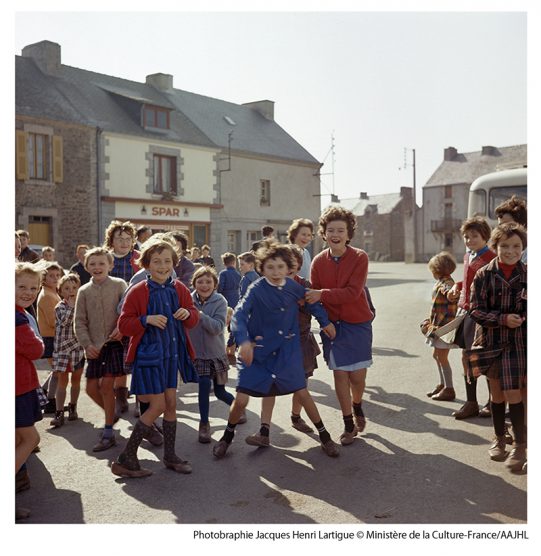
作品タイトル 上から
フロレット、ヴァンス、1954年
ぼく(パパ撮影)、ポン=ド=ラルシュ、1903年
ビビ、エデン・ロックのレストランにて、アンティーブ岬、1920年5月
クラブ・ド・フリボール、カンヌ、1936年5月
ブルターニュ、1965年
 カラー写真っていいね!企画展③
カラー写真っていいね!企画展③
企画特設ページはボタンをクリック!
Jacques Henri Lartigue
Photographie, c’est magique!
Life is this wonderful thing, dancing, jumping, flying, laughing
…and passing.
It was 1963, the year Jacques Henri Lartigue turned 69, when the first large-scale retrospective of his works was held at the Museum of Modern Art in New York. The late debut, shortly before his 70th birthday, exerted a great impact all around the world, resulting in successive publications and exhibitions of this “great amateur photographer” that finally made him into the master photographer art history remembers him as today.
Lartigue was born 1894 in Courbevoie, a suburb of Paris, to a wealthy bourgeois family. At the age of seven, his father, who was a connoisseur in photography, bought him his first camera, a wooden view camera that uses a gelatin dry plate. The young boy, who also loved to paint, soon became absorbed with his “magical toy” and continued throughout his life to document the joyful moments with the things he loved.
Born into a wealthy family in France around the Fin de siècle he was also witness to the golden age of Art Nouveau. Given that back then photographic cameras were luxury items and photography a hobby only a handful of people were able to pursue, the fact that a camera for the young Lartigue was something like a toy, bespeaks of the enormous wealth of the Lartigue family. Automobiles, planes, tennis, trips to the seaside, women wearing the newest fashion – while Lartigue took photographs mostly for his own pleasure, they also bear valuable testimony to this ‘good old period’ and its illustrious culture, art and industry.
This exhibition shows around 160 images, from representative works of Lartigue’s youth until his later years, to color photographs of which a large proportion is being exhibited in Japan for the first time. And in doing so, it allows a glimpse at the world of Lartigue enjoying photography, of him chasing passing moments, chasing the joys of life.
Venue:Hosomi Museum
6-3 Okazaki Saishojicho, Sakyo Ward, Kyoto, 606-8342 Kyoto Prefecture, Japan
Period:April 21. (Sat.), 2018 – June 3. (Sun.), 2018
Opening Hours:10:00 – 18:00 (last admission 17:30)
* Closed on Mondays
Admissions:Adults 1,300 Yen (1,200 Yen), Students 1,000 Yen (900 Yen)
* prices in brackets are for groups of 20 and more.
Organization: Hosomi Museum, Kyoto Shimbun.
Support:The Embassy of France, Institut français du Japon
Special Cooperation:The Jacques Henri Lartigue Foundation
Cooperation:Benrido, KYOTOGRAPHIE, JCII Camera Museum
Planning:Contact Co., Ltd.
